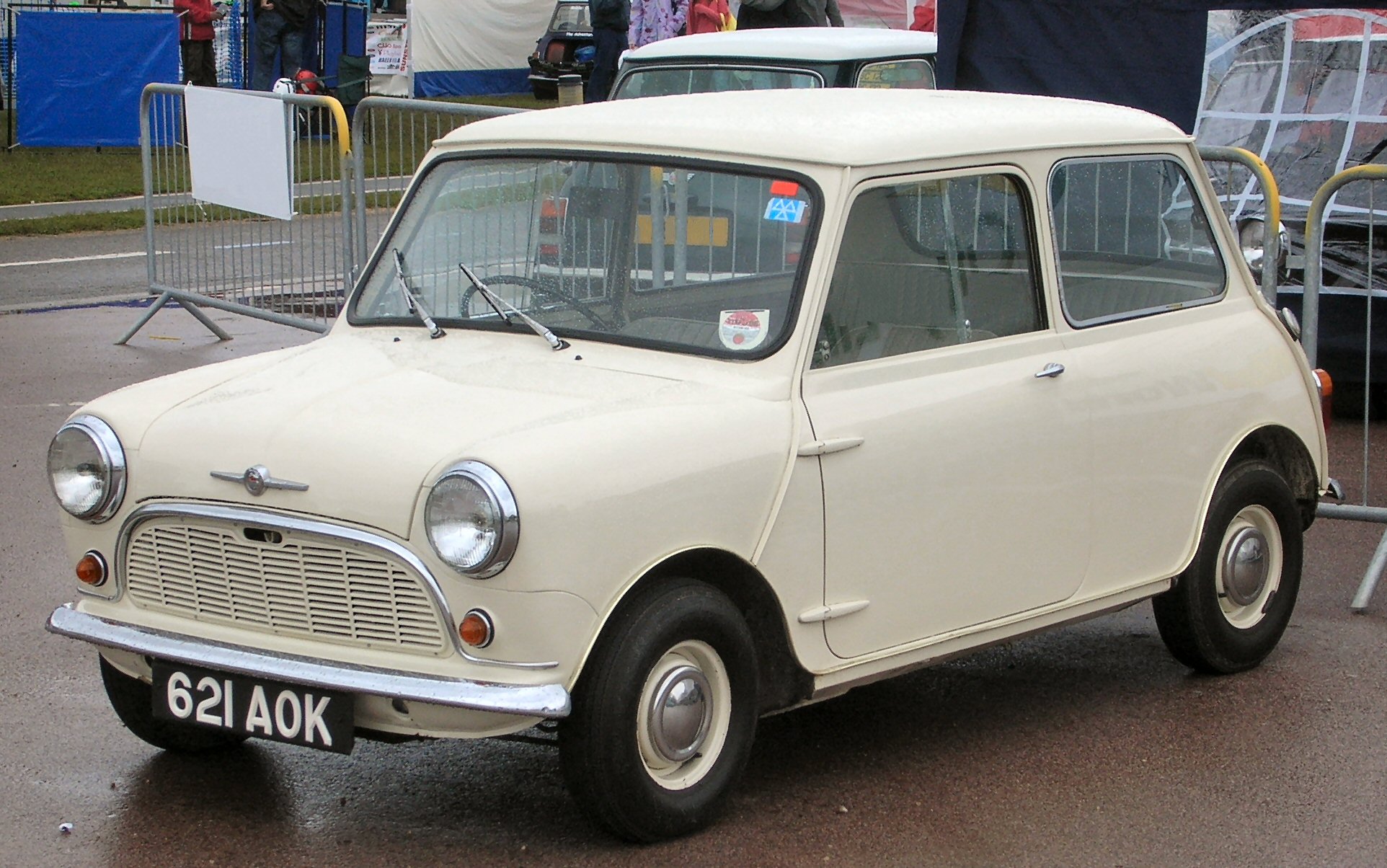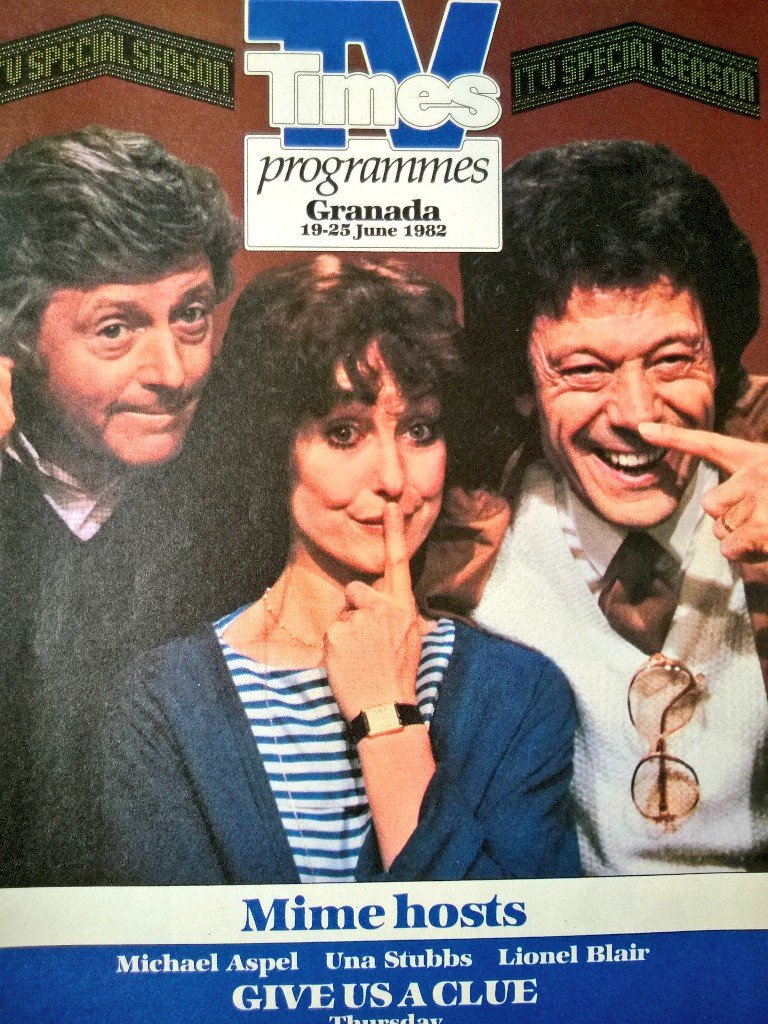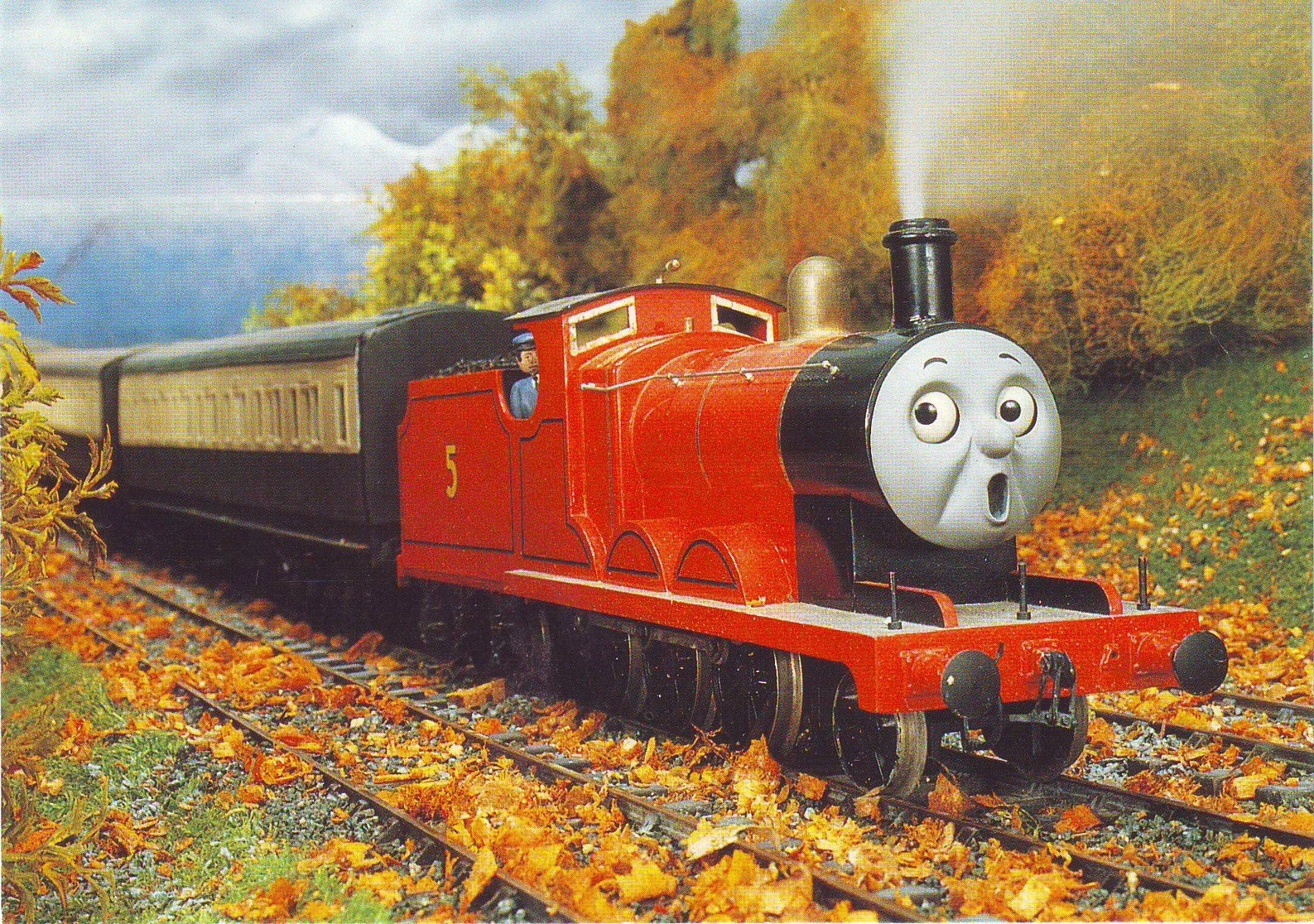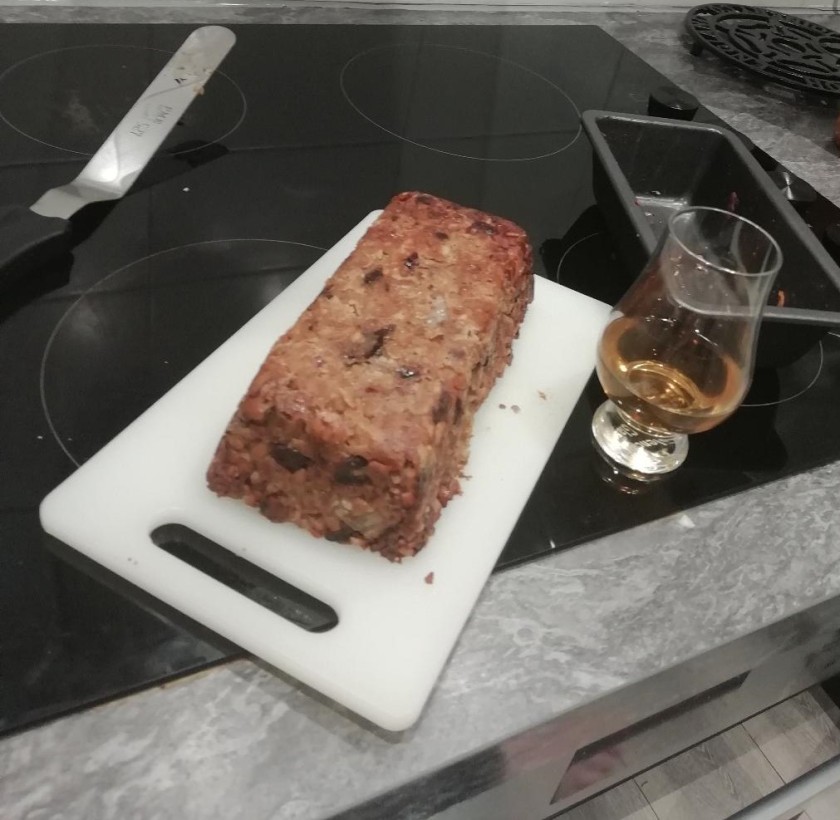If you have a bread machine, this recipe is a piece of cake!
I didn’t really measure the chocolate chips; can something ever contain too much chocolate? By adding some of the chips with the second lot of butter, the machine will gently melt them into the dough. I wasn’t too strict with the rising times. I thought the longer the better. This is based loosely on an online recipe but it is such a forgiving formula it lends itself to interpretation. Just keep the salt and yeast separate when putting the stuff into the bowl.
Chocolate Chunk Brioche
A bread machine recipe for chocolate chunk brioche.
-
1 1/2 tsp dried yeast
-
400 grams strong white bread flour
-
4 tbsp caster sugar
-
1 tsp salt
-
70 grams butter, cut into 1 cm cubes
-
3 (150 grams) eggs, beaten
-
90 ml milk
50 grams butter, cut into 2 cm cubes (keep in fridge)
-
120 grams plain or milk chocolate, chips
Instructions
-
Add yeast, flour, sugar, salt, 70 grams butter, eggs, milk to your bread machine.
-
Select the brioche cycle (21)and leave to run through the first rest and knead cycles.
-
When the bread machine beeps, add the remaining 50 grams of butter and 2 tbs of the chocolate chips.
-
At the end of the cycle, remove the dough from the pan and press lightly to remove some of the gas. Wrap in clingfilm and chill in the refrigerator for 20 minutes.
-
Roll dough out to a rectangle on a lightly floured surface.
-
Sprinkle with the rest of the chocolate chips.
-
Fold up the bottom third and then fold down the top third of the dough.
-
Fold in half and leave to rest for 10 minutes at room temperature
-
Cut into 12 segments and allow to rest a further 10-15 minutes.
-
Form each segment into a roll and place on a greased baking tray. Allow to rise in a warm place for 30-40 minutes.
-
Bake for 15-20 minutes at 180 C.
Once they’re cool enough, gorge the first one for quality control purposes. They’ll keep well in a sealed container but if you later warm them through just before eating they will be heaven.
This is the quickest way to make friends and influence people.
Thank you for reading.






.jpg)












